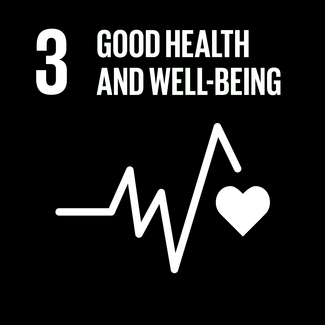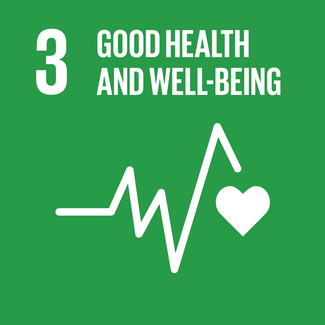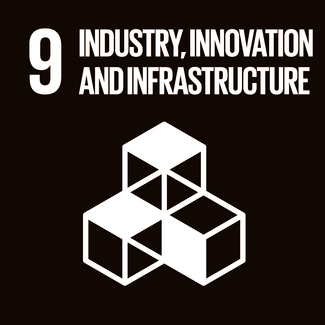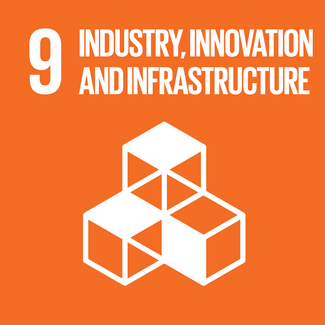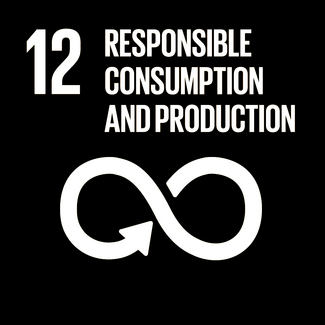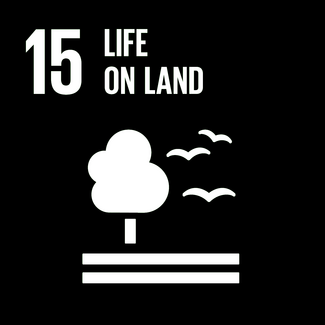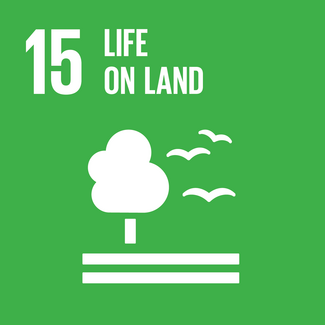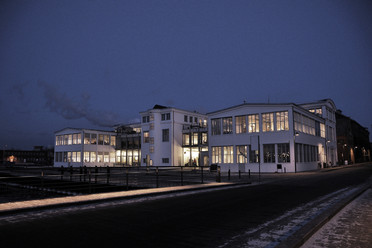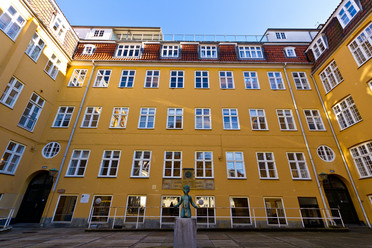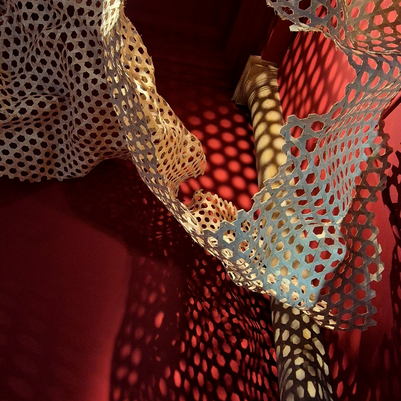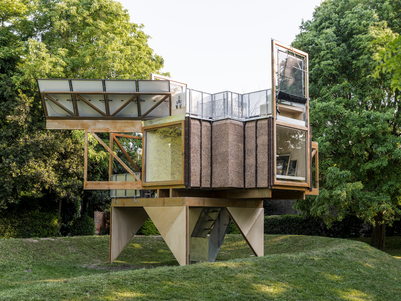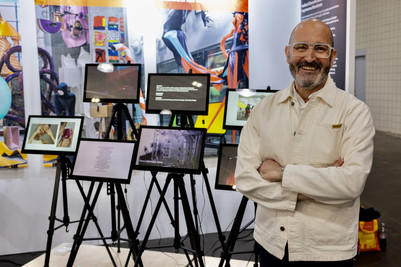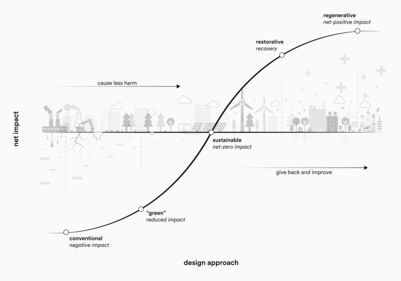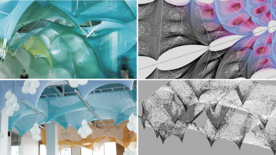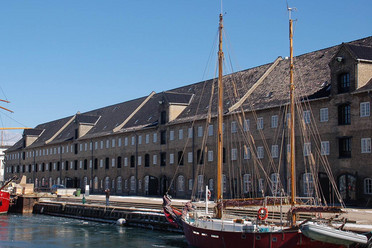
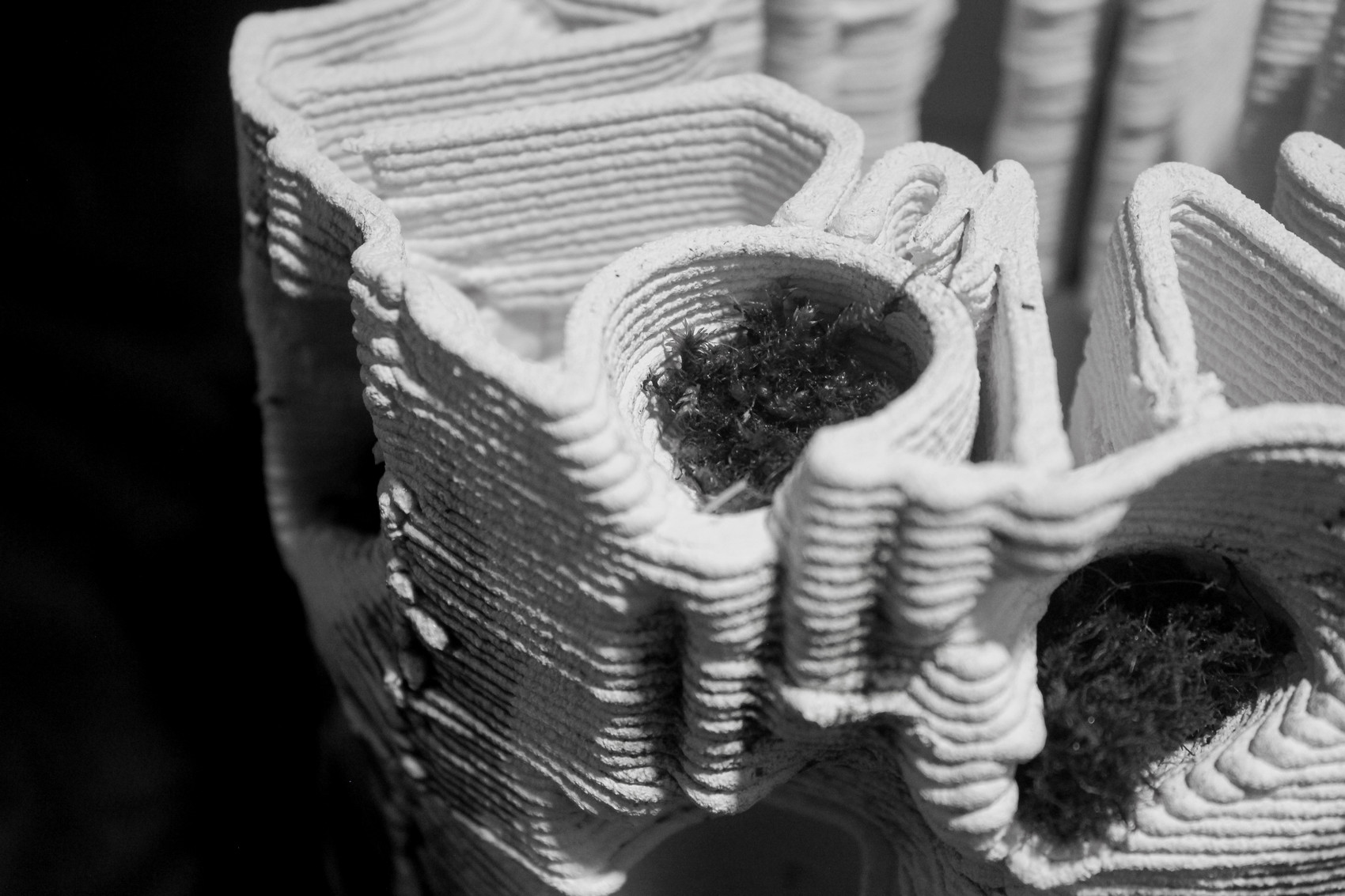
Bio-Receptive Structures via Multi-Resolution Design
This research aims to reintroduce diverse ecosystems to indoor spaces in order to promote healthier, more sustainable urban environments. Material, fabrication and geometry aspects are explored, developing a parametric workflow for fabricating ceramic structures that vary in intricacy to control visual and bio-receptive properties.
Scales of Investigation
Bioreceptivity is introduced through different levels, from overall form, to the micro-grooves, down to the material level in ceramic pores.
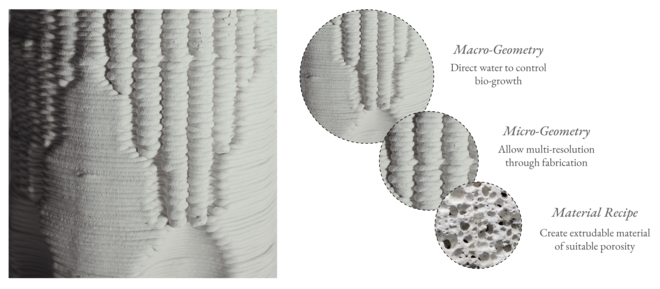
Material Investigations
The living aspect of the material research tries to understand epiphytic organisms and their various growth conditions. It also looks into organisms that thrive in the existing urban environment.

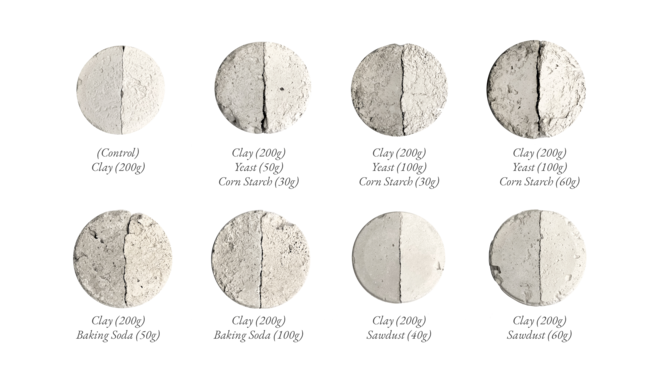
The hosting material chosen for this research is clay, with its versatile properties that can be controlled with firing temperature and recipe.
Fabrication System
I designed my own parametric extruder set-up that I could tweak and prototype quickly.
To control the size of micro-grooves for water retention, a variable nozzle is also designed and tested for printing varying widths.
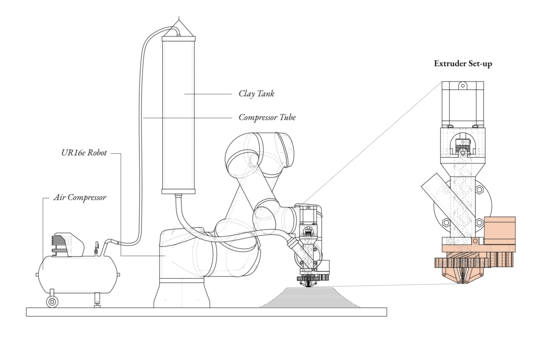
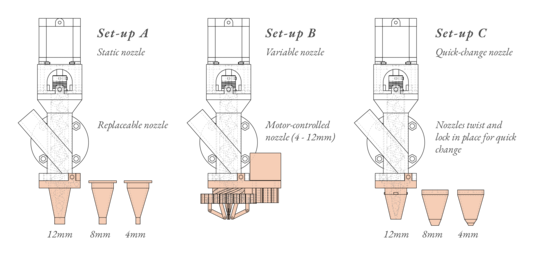
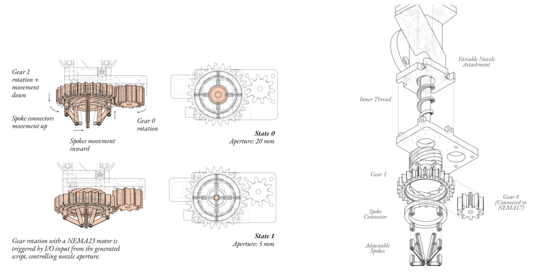
Insertions of Biodiversity
This architectural endeavor starts to visualise how bioreceptive surfaces, explored in the research, can integrate itself into existing dwellings. It also provokes thought on how designers can cater density of growth, species and morphology to the existing conditions.
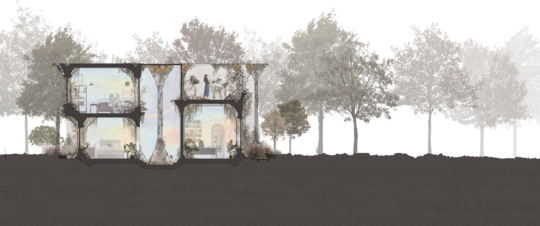
The Royal Danish Academy supports the Sustainable Development Goals
Since 2017 the Royal Danish Academy has worked with the Sustainable Development Goals. This is reflected in our research, our teaching and in our students’ projects. This project relates to the following UN goal(-s)